- Paternity leave is time off for fathers or non-birthing parents after the birth or adoption of a child.
- In the U.S., the Family and Medical Leave Act (FMLA) offers up to 12 weeks of unpaid, job-protected leave.
- There is no federal law mandating paid paternity leave for private-sector employees, but federal employees can receive up to 12 weeks of paid leave.
- States like California, New York, and New Jersey offer paid paternity leave, with varying durations and benefits.
- Paternity leave supports gender equality, promotes family bonding, and improves employee retention and productivity.
The birth of a child is a time of change for families. While mothers typically experience the most visible changes, it’s now widely acknowledged that fathers also play a crucial role in their children's growth, influencing their cognitive, emotional, and social development.
Historically, when California first enacted paid parental leave in 2005, only 18% of users were men. By 2025, this figure is expected to rise to 44%. The increase in paternity leave usage reflects a shift in societal attitudes and an acknowledgment of fathers' crucial role in family dynamics.
In this comprehensive guide, we will explore what paternity leave is, its legal frameworks, eligibility criteria, and its growing importance for both employers and employees.
What is Paternity leave?
Paternity leave is a type of parental leave granted to fathers or non-birthing parents following the birth or adoption of a child. This leave allows fathers to take time off work to support their partner, bond with the newborn, and adjust to the changes that come with the arrival of a child.
Duration of Paternity Leave
The duration of paternity leave can vary significantly depending on the country, state, and employer policies. In the United States, the Family and Medical Leave Act (FMLA) provides eligible employees with up to 12 weeks of unpaid, job-protected leave annually for family or medical reasons, including the birth and care of a newborn. However, this leave is not specifically designated as paternity leave, and the length of time fathers can take off often depends on the company's specific policies.
Federal paternity leave laws in the US
In the U.S., this federal law of 12 weeks of unpaid, job-protected leave applies to public agencies, public and private elementary and secondary schools, and private-sector employers with 50 or more employees.
- To qualify for FMLA leave, employees must:
- Both mothers and fathers are entitled to take leave for the birth of a child and to bond with the newborn within one year of the birth.
- The FMLA provides unpaid leave, but some states have enacted their own laws offering paid family leave.
- While the FMLA provides job-protected, unpaid leave, there is currently no federal law mandating paid paternity leave for private-sector employees.
- The Federal Employee Paid Leave Act (FEPLA), effective October 1, 2020, offers up to 12 weeks of paid parental leave for federal employees.
- This paid leave is for the birth or placement of a child for adoption or foster care.
It is used in conjunction with FMLA leave.Now, let's understand how paternity leave laws can vary according to different states.Paternity Leave Laws According to States
Paternity leave laws vary by state, with each jurisdiction setting its own requirements and benefits for new fathers. Understanding these state-specific regulations is crucial for employers to ensure compliance.
Paternity Leave Laws of Different U.S. States:
Now, let's find out why paternity leave is so important.
Why is Paternity Leave Important?
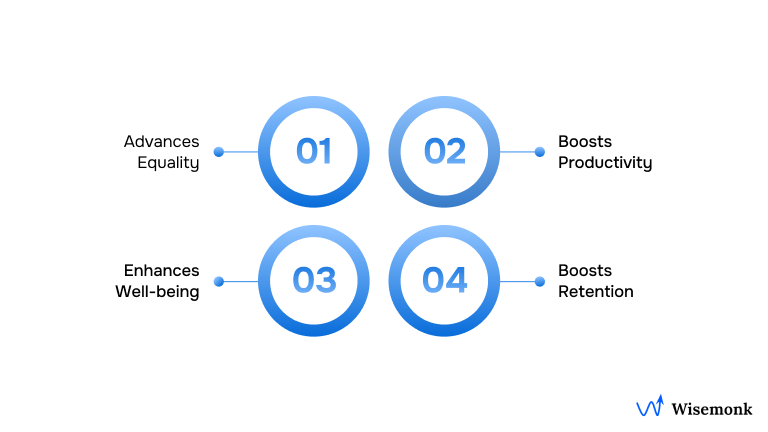
Paternity leave is vital not only for supporting new fathers but also for promoting family well-being and gender equality. It provides fathers with the opportunity to bond with their newborns, support their partners during a critical time, and play an active role in early child-rearing. The positive impacts extend beyond individual families to workplace culture and society at large.
- Supports Gender Equality: By offering paternity leave, companies contribute to more balanced caregiving responsibilities, helping challenge traditional gender roles.
- Improves Workplace Productivity: Employees who take paternity leave often return to work more focused and productive, having had time to recharge and manage personal responsibilities.
- Promotes Employee Well-being: Paternity leave reduces stress and anxiety for fathers, knowing they can take time to care for their family without the fear of losing their job or income.
- Strengthens Employee Retention: Providing paternity leave can increase job satisfaction and loyalty, leading to higher retention rates among employees.
Paternity leave is a significant step toward ensuring equal caregiving roles and fostering healthier work-life integration for both parents.
Now, let's explore some of the top companies in the U.S. providing paternity leave.
Top Companies Leading the Way in Offering Paternity Leave
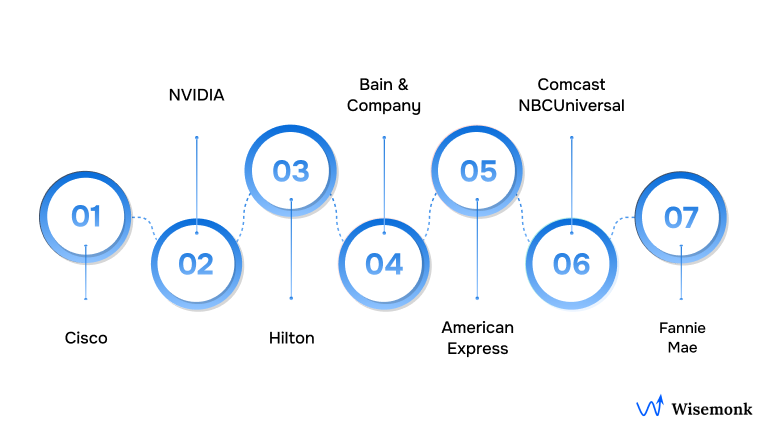
As more companies recognize the importance of supporting new parents, offering paid paternity leave has become a key factor in attracting and retaining top talent. According to SHRM’s 2024 Benefits Survey, 40% of employers now provide paid parental leave, with many Great Place to Work® Certified™ companies setting the standard.
Here are some of the top companies leading the way in offering generous paternity leave policies according to the Great Place to Work:
Cisco
Cisco is a top performer in offering paternity leave, making it a standout in the tech industry for its commitment to work-life balance.
- Paternity Leave Offered: 65 days (all paid)
- Flexible remote work options for employees with children.
- Employees appreciate the support in maintaining family balance.
- Consistently ranked highly in workplace culture and employee benefits.
- Known for its commitment to providing ample time for fathers to bond with their newborns.
NVIDIA
NVIDIA is known for its generous leave policies, with both mothers and fathers benefiting from extensive paid family leave.
- Paternity Leave Offered: 60 days (all paid)
- Focus on supporting diverse family structures, including adoption.
- Offers unique benefits like quarterly free days for all employees.
- Strong focus on family and employee well-being.
- Provides paid leave for both maternity and paternity without distinction.
Hilton
Hilton places great importance on family-friendly policies, offering one of the best paternity leave packages in the hospitality sector.
- Paternity Leave Offered: 20 days (all paid)
- Known for flexibility in work schedules to accommodate family needs.
- High rankings for employee satisfaction and work-life balance.
- Offers additional vacation time for recharging and family connections.
- Provides paid leave for fathers to support their partners and bond with their children.
Bain & Company
Bain & Company is recognized for its high standards in parental leave, ensuring all new parents, regardless of gender, receive equal support.
- Paternity Leave Offered: 105 days (all paid)
- Strong company culture with peer support for work-life balance.
- Paid parental leave for both mothers and fathers.
- Known for its collaborative and supportive work environment.
- Employees appreciate the extended time for bonding with children.
American Express
American Express offers extensive paid parental leave for all employees, underscoring its dedication to supporting families.
- Paternity Leave Offered: 100 days (all paid)
- Provides generous benefits for family planning, including adoption and surrogacy.
- Strong focus on supporting parents during pivotal family moments.
- Offers comprehensive coverage for both maternity and paternity leave.
- Promotes a balanced work-life culture and is highly rated by employees.
Comcast NBCUniversal
Comcast NBCUniversal is committed to offering comprehensive support for parents, with flexible policies that enhance family care.
- Paternity Leave Offered: 100 days (80 paid)
- Provides pre- and post-childcare services for employees.
- Emphasizes a hybrid work model to ensure a healthy work-life balance.
- Known for its commitment to employee flexibility and family support.
- Highly regarded for its inclusive and supportive workplace culture.
Fannie Mae
Fannie Mae's work-life balance policies are designed to offer flexibility, helping parents navigate their professional and personal lives.
- Paternity Leave Offered: 60 days (all paid)
- Emphasizes flexible work arrangements, including remote and hybrid options.
- Supports family leave for both parents and grandparents.
- Offers competitive vacation allowances and other caregiver benefits.
- Highly supportive environment for employees with growing families.
These companies not only offer generous paternity leave but also foster a culture of support and work-life balance for all employees. By prioritizing family needs, they set a benchmark for others in creating inclusive and employee-friendly workplace policies.
Let's look at the parental leave considerations for the employer.
Eligibility Criteria for Paternity Leave
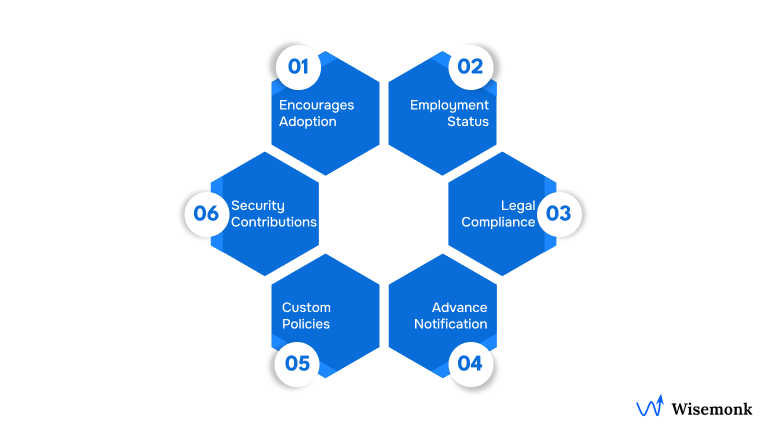
Eligibility for paternity leave depends on various factors, including legal requirements, company policies, and employment status. While specific rules may differ by jurisdiction and employer, most organizations have common criteria to determine whether an employee qualifies for paternity leave.
- Adoption and Fostering: Many companies extend paternity leave eligibility to employees who are adopting or fostering children, not just those whose partners give birth.
- Employment Status: Eligibility may vary based on whether an employee is full-time, part-time, temporary, or a contractor.
- Legal Compliance: Employers must adhere to local labor laws that govern paternity leave eligibility, including any minimum requirements for employment duration or hours worked.
- Advance Notification: Employees are typically required to notify their employer within a specific timeframe before taking paternity leave.
- Company-Specific Policies: Internal company guidelines may include additional requirements or benefits related to paternity leave.
- Social Security Contributions: In some countries, eligibility for paid paternity leave may depend on the employee's contributions to national social security or similar programs.
- Understanding these criteria is essential for both employers and employees to ensure compliance with legal requirements and company policies.
Wrapping Up
Paternity leave provides fathers with time off to bond with a new child, support their partner, and contribute to early caregiving. While federal laws in the U.S. offer unpaid leave, several states have implemented paid family leave programs, with eligibility varying by location and employer. Today, many of the top companies in U.S. are offering generous paid paternity leave, setting a benchmark for work-life balance. Understanding the eligibility criteria and legal requirements for paternity leave is crucial for employers to ensure compliance and support their employees effectively.
When starting a company in foreign markets, navigating complex labor laws and leave policies can be overwhelming. Wisemonk solves this problem by offering comprehensive Employer of Record (EOR) services, allowing you to hire and manage employees without worrying about compliance or legal complexities.
- Comprehensive Compliance: Wisemonk handles all local labor law compliance, including leave policies and statutory requirements.
- Streamlined Leave Management: Our platform simplifies leave tracking, ensuring your teams remain compliant and your employees are well-supported.
With Wisemonk, you can focus on building your team and growing your business, while we handle the legal complexities. Check our pricing and contact us to learn how we can support your global expansion.





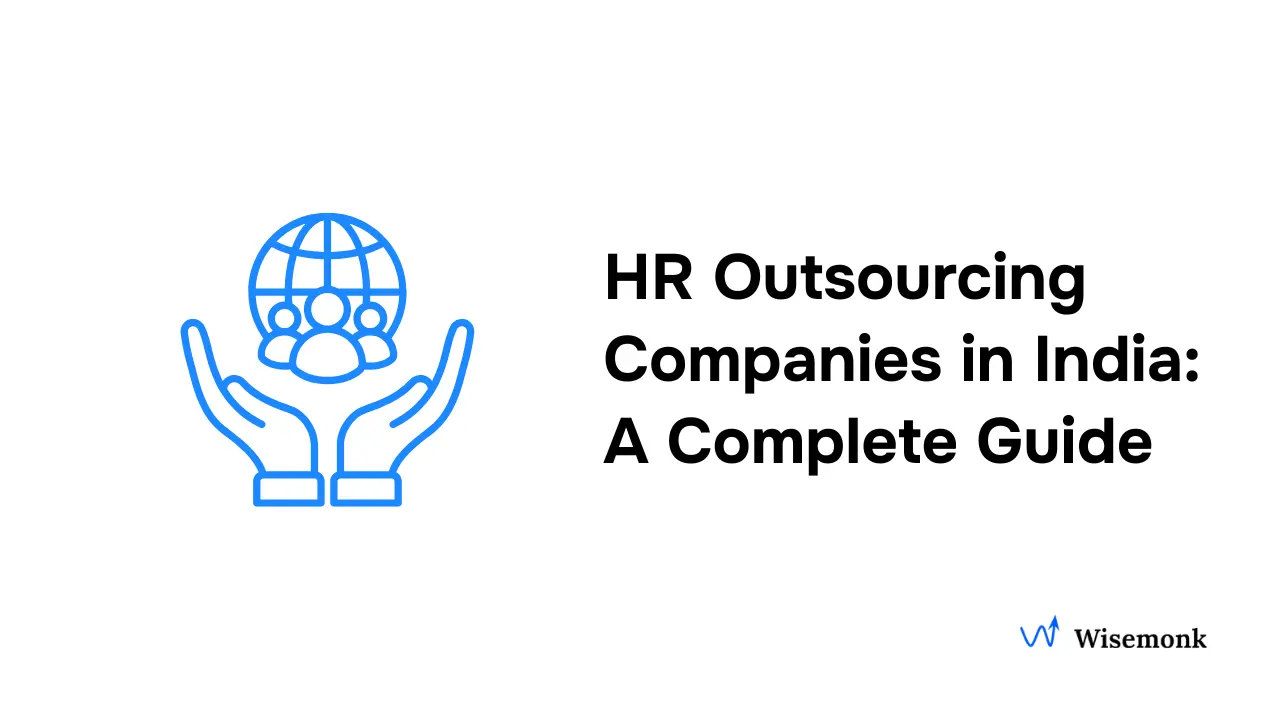
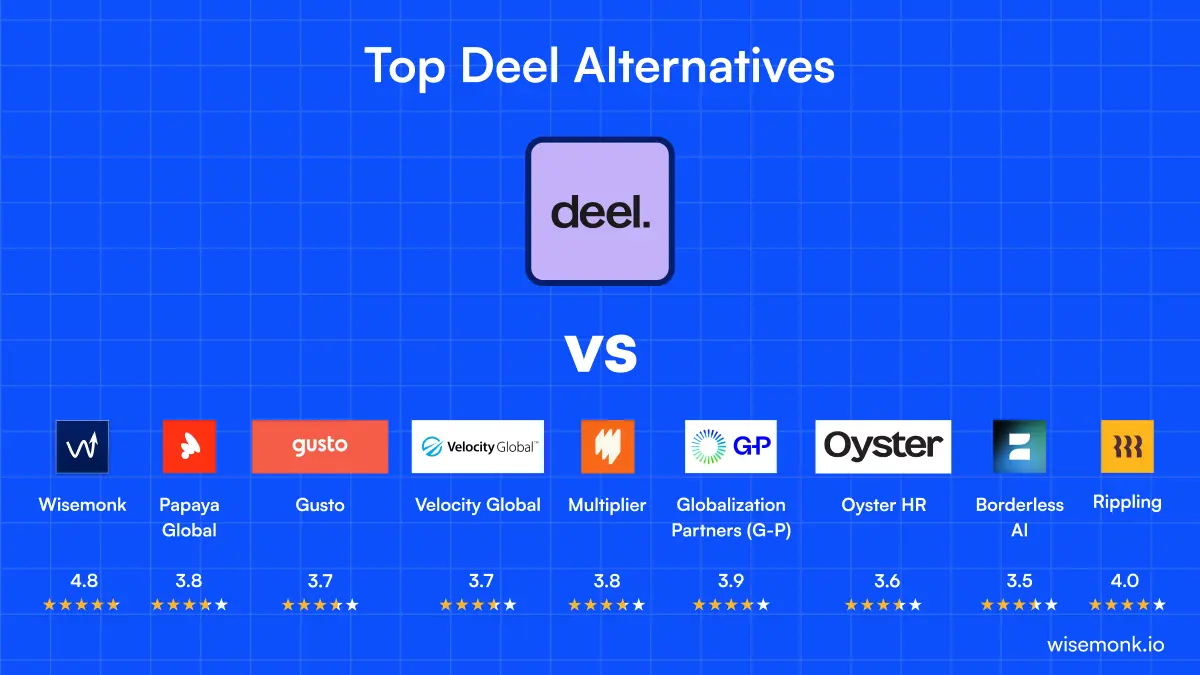
.webp)